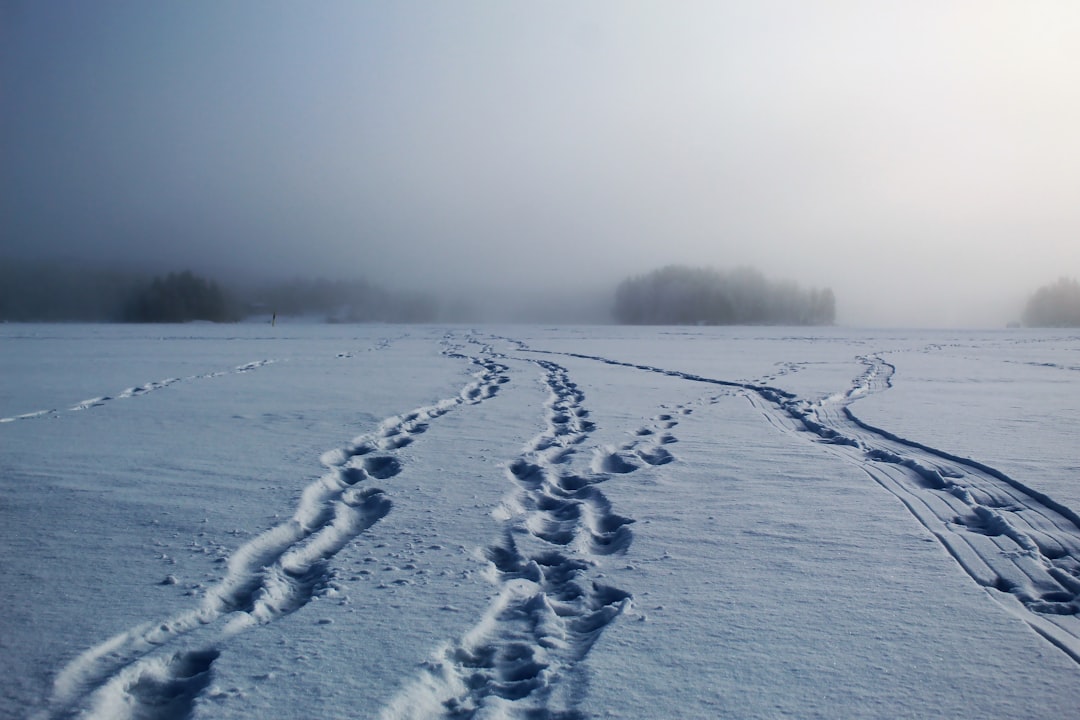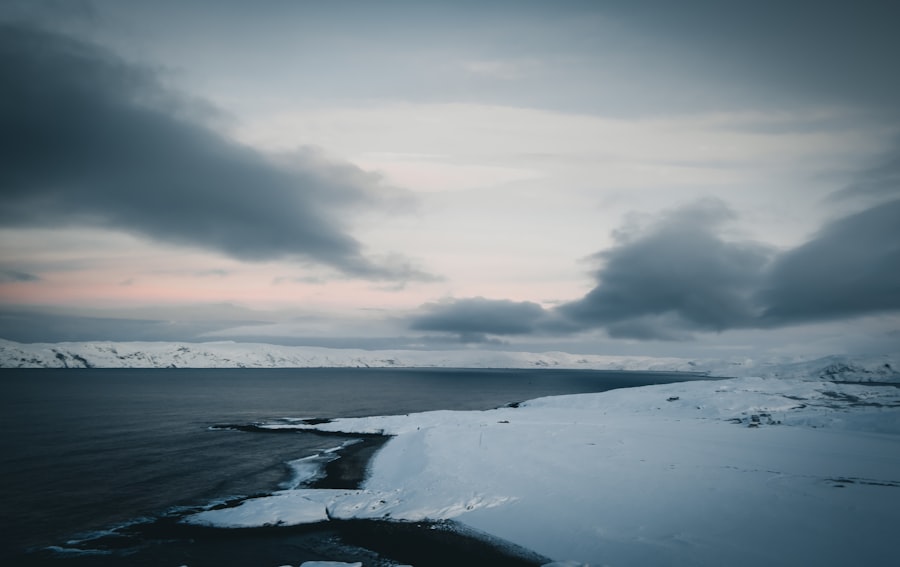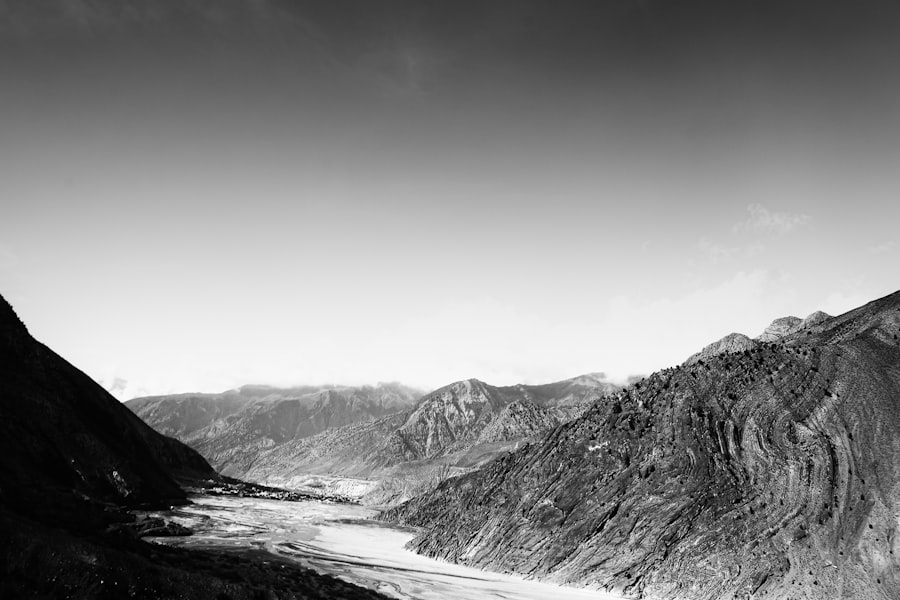
Jan Mayen is a remote island located in the Arctic Ocean, approximately 600 kilometers northeast of Iceland and about 1,000 kilometers from the mainland of Norway. This isolated landmass, which is part of the Kingdom of Norway, is known for its stark beauty and rugged terrain. The island is primarily volcanic in nature, dominated by the Beerenberg volcano, which is the northernmost active volcano in the world.
Jan Mayen is not just a geographical curiosity; it is a place steeped in history and natural wonder, attracting adventurers and researchers alike. Despite its remote location, Jan Mayen has a unique charm that captivates those who venture to its shores. The island is uninhabited except for a small military and meteorological station, which means that visitors can experience an untouched wilderness.
The isolation of Jan Mayen contributes to its allure, as it offers a rare opportunity to explore a landscape that remains largely unchanged by human activity. The island’s dramatic scenery, characterized by towering mountains, glaciers, and rugged coastlines, provides a stunning backdrop for exploration and adventure.
Key Takeaways
- Jan Mayen is a remote volcanic island located in the Arctic Ocean, and is part of the Kingdom of Norway.
- The island has a harsh climate with strong winds and cold temperatures, and is home to the northernmost active volcano in the world, Beerenberg.
- Jan Mayen has a rich history of exploration and is known for its unique cultural heritage, including a small Norwegian military and weather station.
- Visitors to Jan Mayen can explore the rugged landscape, visit the historic Olonkinbyen settlement, and hike to the summit of Beerenberg.
- Wildlife enthusiasts can spot a variety of seabirds, seals, and whales around Jan Mayen, and can also witness stunning natural sights such as glaciers and geothermal hot springs.
Geography and Climate of Jan Mayen
Jan Mayen spans an area of approximately 377 square kilometers, with its most prominent feature being the Beerenberg volcano, which rises to an elevation of 2,227 meters. The island’s topography is marked by steep cliffs, deep fjords, and expansive glaciers that flow down from the volcanic peak. The coastline is jagged and rocky, with numerous coves and inlets that provide shelter for marine life.
The island’s interior is largely covered by ice and snow, creating a stark contrast with the surrounding ocean. The climate of Jan Mayen is classified as polar maritime, characterized by cool temperatures and high humidity. The island experiences long periods of daylight during the summer months, with the sun barely dipping below the horizon, while winter brings extended darkness.
Average temperatures in summer hover around 5 to 10 degrees Celsius, while winter temperatures can drop to -10 degrees Celsius or lower. Precipitation is frequent throughout the year, often falling as snow during the winter months. The weather can be unpredictable, with sudden changes occurring rapidly, making it essential for visitors to be prepared for a range of conditions.
History and Culture of Jan Mayen

The history of Jan Mayen is rich and varied, with its discovery attributed to Dutch explorer Willem Barentsz in 1596. The island was named after the Dutch merchant Jan Mayen, who visited it in the early 17th century. Over the centuries, Jan Mayen has served various purposes, including as a whaling station and a base for scientific research.
Its strategic location in the North Atlantic made it an important point for navigation and exploration during the Age of Discovery. Culturally, Jan Mayen has been influenced by its Norwegian governance and the traditions of the few people who have lived there temporarily.
The culture of Jan Mayen is primarily shaped by its natural environment and the challenges posed by living in such a remote location. The small community that resides on the island today focuses on scientific research and meteorological observations, contributing to our understanding of Arctic climates and ecosystems.
Places to Visit on Jan Mayen
| Place | Description | Activities |
|---|---|---|
| Beerenberg Volcano | The northernmost active volcano in the world | Hiking, photography |
| Jan Mayen Station | Norwegian weather station | Research tours |
| Kvalrossbukta | Bay with stunning views | Wildlife watching, camping |
While Jan Mayen may not be a conventional tourist destination, it offers several points of interest for those willing to explore its rugged landscape. One of the most notable sites is Beerenberg volcano itself, which presents opportunities for hiking and climbing for experienced adventurers. The ascent to the summit rewards climbers with breathtaking views of the surrounding ocean and neighboring islands.
The volcano’s unique geological features make it a fascinating subject for geological study as well. Another significant location on Jan Mayen is the old whaling station at Olonkinbyen, which serves as a reminder of the island’s historical significance in maritime trade. Although now abandoned, remnants of the whaling station can still be seen along with artifacts that tell the story of those who once inhabited this harsh environment.
Visitors can also explore the island’s diverse landscapes, including its black sand beaches and dramatic cliffs that rise steeply from the sea.
Wildlife and Natural Sights on Jan Mayen
Jan Mayen is home to a variety of wildlife that has adapted to its harsh Arctic environment. Birdwatchers will find the island particularly appealing, as it serves as a breeding ground for numerous seabird species. Puffins, guillemots, and kittiwakes are commonly spotted along the cliffs and coastal areas during the summer months when they come to nest.
The island’s remote location provides a sanctuary for these birds away from human disturbance. Marine life around Jan Mayen is equally diverse, with rich waters teeming with fish such as cod and haddock. The surrounding ocean is also frequented by seals and whales, including orcas and humpback whales during their migratory seasons.
The natural sights on Jan Mayen are not limited to wildlife; the island’s glaciers and volcanic landscapes create stunning vistas that are both awe-inspiring and humbling. The interplay between ice and rock forms a dramatic backdrop that highlights the raw power of nature.
Tips for Traveling to Jan Mayen

Traveling to Jan Mayen requires careful planning due to its remote location and limited accessibility. There are no commercial flights directly to the island; instead, access is typically via chartered flights from Norway or Iceland. It is essential to check flight schedules well in advance, as weather conditions can affect travel plans significantly.
Visitors should also be prepared for potential delays or cancellations due to unpredictable weather patterns. Once on the island, travelers should be equipped with appropriate gear for outdoor activities. Given the variable climate, layering clothing is advisable to accommodate sudden temperature changes.
Sturdy hiking boots are essential for navigating the rugged terrain, while waterproof gear can be invaluable during rain or snow showers. Additionally, visitors should familiarize themselves with safety protocols when exploring remote areas or engaging in activities such as hiking or climbing. In conclusion, Jan Mayen offers a unique experience for those willing to venture into one of the world’s most remote regions.
Its stunning landscapes, rich history, and diverse wildlife make it an intriguing destination for adventurers and researchers alike. With careful planning and preparation, travelers can explore this Arctic gem while appreciating its natural beauty and cultural significance.
If you’re intrigued by the remote and fascinating details about Jan Mayen, you might also enjoy exploring more about other unique destinations around the world. For instance, the article on Costa Rica Facts and Places to Visit offers an in-depth look at another captivating location. Costa Rica, known for its lush biodiversity and vibrant culture, presents a stark contrast to the icy solitude of Jan Mayen, yet both places offer unique insights into the natural beauty and diversity of our planet. This article could be a great next read for those interested in expanding their knowledge of global destinations.
FAQs
What is Jan Mayen?
Jan Mayen is a remote volcanic island in the Arctic Ocean, located between Greenland and Norway. It is a part of the Kingdom of Norway and is uninhabited, except for personnel from the Norwegian Armed Forces and the Norwegian Meteorological Institute.
What are some interesting facts about Jan Mayen?
– Jan Mayen is home to the northernmost active volcano in the world, Beerenberg.
– The island is only 55 kilometers long and 373 square kilometers in area.
– Jan Mayen has a harsh Arctic climate, with strong winds and cold temperatures.
– The island is a nature reserve and is known for its unique flora and fauna, including seabird colonies and Arctic foxes.
What are some popular sights and attractions on Jan Mayen?
– Beerenberg volcano: Visitors can hike to the summit of this impressive volcano, which stands at 2,277 meters tall.
– Kvalrossbukta: This bay is known for its scenic beauty and is a popular spot for wildlife viewing, including seals and seabirds.
– Jan Mayen Weather Station: The Norwegian Meteorological Institute operates a weather station on the island, which is staffed year-round and provides valuable data for research and forecasting.
Can tourists visit Jan Mayen?
Due to its remote location and harsh climate, tourism to Jan Mayen is extremely limited. Access to the island is restricted, and visitors must obtain special permission from the Norwegian authorities to visit. The island is primarily accessible to researchers, military personnel, and select expedition groups.



